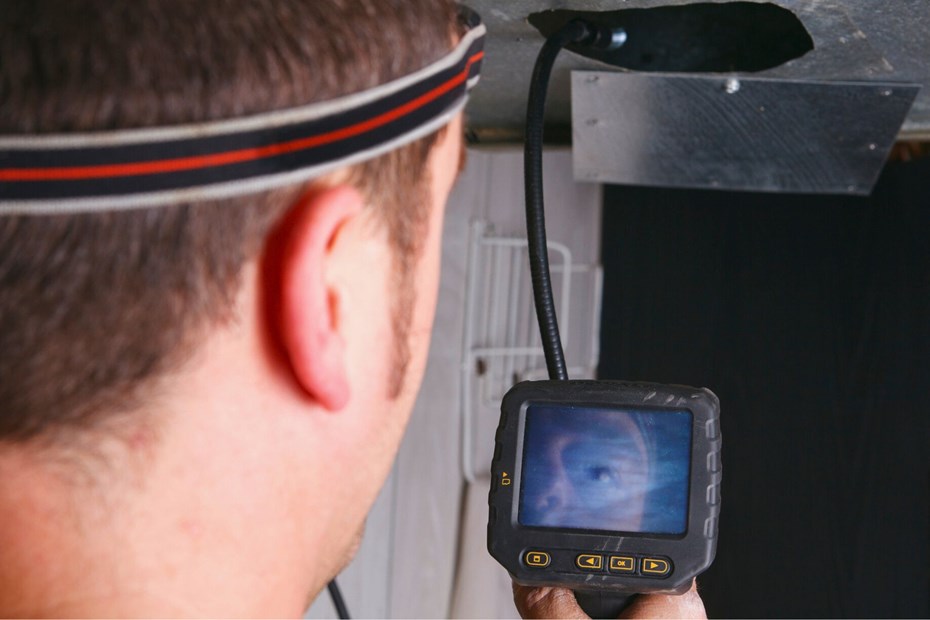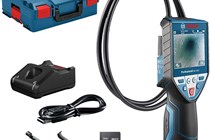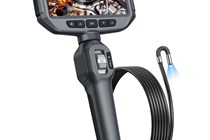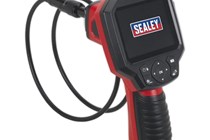Have you ever wondered what the inside of your engine is like, but you can’t gain access without removing the bowels using a plethora of hand tools? This is exactly where borescope car inspection cameras come flying in.
You might be familiar with the concept of these things as very similar devices are used for a lot of medical treatments. They’ve proven useful in inspecting your body and finding the cause of your condition, and the same cause goes for the inside of an engine.
Of course, it’s not just an engine by which these things can navigate. Anywhere within a vehicle that is hard to reach or even see, they can go inside and bring you back an image. They are able to diagnose an issue without needing to get the socket set out to take the engine apart beforehand and use up precious time and labour.
The best car inspection cameras at a glance
With that in mind, it can be a bit of a minefield when looking for such a thing online. Oil filter removal tools seem to be a lot easier to find. So, we’ve done the hard work and compiled the best car inspection cameras available and ranking our favourites for each use and purpose.
The best car inspection cameras 2025
Editor's pick
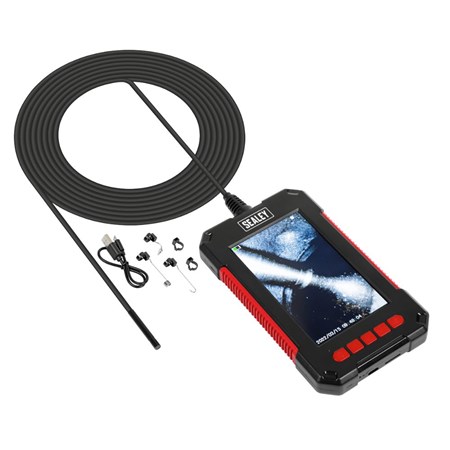

It made us wonder how the VS8114 somehow betters the others while costing less. It doesn't include an SD card, nor does it have any form of USB connection aside from its charging cable. But you do get a number of handy accessories including a mirror attachment. It really is one of the best buys of an engine fault diagnostic tool out there.
Pros
- Very good value for money
- IP67 waterproof rating
- Run time (continuous) of five hours
Cons
- SD card not included
- Not quite as clever as other options in terms of settings
Best entry-level inspection camera
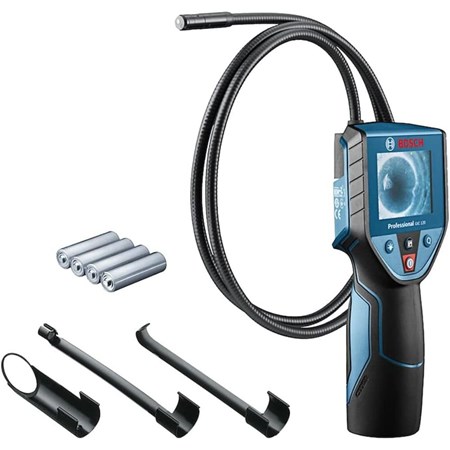

It also has a digital zoom if you want to inspect an area more closely. It's not as expensive as some other inspection cameras either, which makes it a great entry-level item for someone wanting their first foray into car inspection.
Pros
- Good value for money
- 1.2m cable length is handy
- Enough zoom and quality settings
Cons
- Isn't as comprehensive as others
- Image quality isn't the best
Best quality inspection camera
It's a bit of a technological level above the standard 120, but unfortunately, the C doesn't have a different cable - which means it's exactly the same length at 1.2m.
Pros
- Handy features included
- 3.5-inch display screen
- Handy 'way up' feature
Cons
- Isn't that much more comprehensive than the standard 120
Best inspection camera for features
The camera itself is only 6.2mm in diameter, which makes it a bit thinner than other options on the market. It's quite clever, too, with the ability to shut down if the temperature of the unit exceeds 80°C.
Pros
- Large display screen
- The camera can be locked at tight angles
- Lasts a long time on a single charge
Cons
- It's a serious bit of kit, not one for beginners
Best inspection camera for damp conditions


It's powered by a lithium-ion battery that will give a claimed continuous use of up to four hours. The 4GB micro SD card can store up to 10,000 images and 45 hours of video footage. The quality is pretty average with a 320 x 240 pixel resolution, but the camera cable length falls a bit shorter than the others at just 90cm long.
Pros
- Decent camera resolution
- IP67 waterproof rating
- Good quality item
Cons
- Camera length is shorter than competitors
FAQs and things to remember with car inspection cameras
-
What is the first thing to remember?
The first thing to remember is the length of the main camera cord itself. Engines vary in size and layout, so you may not always need a long cord each time - especially if you're diagnosing different cars. Generally speaking, they range between one and two metres in length.
-
Why exactly should I buy one?
The simple answer is to save you thousands of pounds in garage labour. We're all familiar with an engine that isn't running as smoothly as it should, but diagnosing the issue takes up a huge chunk of your final bill. This is where inspection cameras come in. Granted, you will have to know what you're looking at inside an engine. But if you can spot anything with your device, then it saves a mechanic hours of taking an engine apart - or using their own device. Leaving everything to them adds up to your bill in labour for the diagnosis alone.
-
How much money can they save me?
With hourly labour rates ranging from anything from £50 to £150 per hour, depending on where you live and the garage you go to (London tends to hold the higher rates), it's a bit of an open-ended question. But let's take an average of, say, £80. If it takes two working hours for a mechanic to take apart a car's engine and get to the bottom of an issue, it'll set you back £160 just for the diagnosis, plus however expensive it may be to get the issue fixed.
Using an inspection camera yourself - especially if you get the Sealey VS8114 - could potentially save you about £40 right there and then, including the cost of the item. And when you factor in the cost of replacement parts and labour then, a good percentage of your final bill is still knocked off. -
What am I even looking for with an inspection camera?
You do need to know engines a bit to be able to get the best out of them. A huge amount of carbon deposits, a damaged valve or piston, or even something completely else are the many things that such a camera can pick up.
No matter how good the LED lights are, or how good the picture quality is on the screen, engines are still dark, scary places which intimidate many. It's a good idea, if you're unfamiliar, to learn what internal engine issues and symptoms look like before figuring out how they will show up on a small camera compromised by very low light.
Aaron Hussain is a commercial content writer at Bauer Media writing for Parkers and CAR. He is obsessed with classic cars and anything with a fascinating story to tell.
Sign up to the Parkers Newsletter to keep up to date with more of the latest reviews, news, and recommendations from the Parkers team.
Just so you know, while we may receive a commission or other compensation from the links on this page, we never allow this to influence product selections – read why you should trust us
Just so you know, we may receive a commission or other compensation from the links on this website - read why you should trust us.


